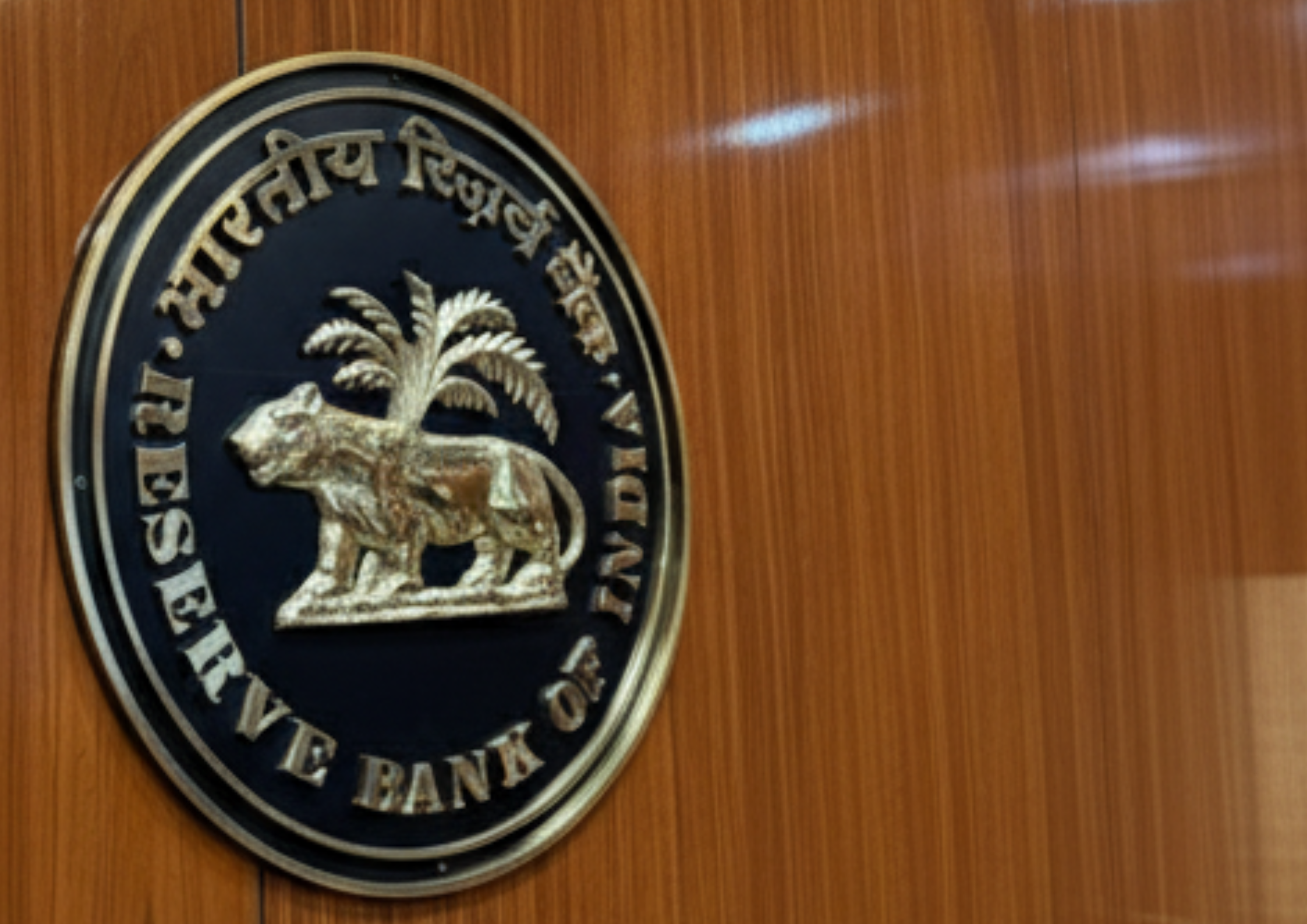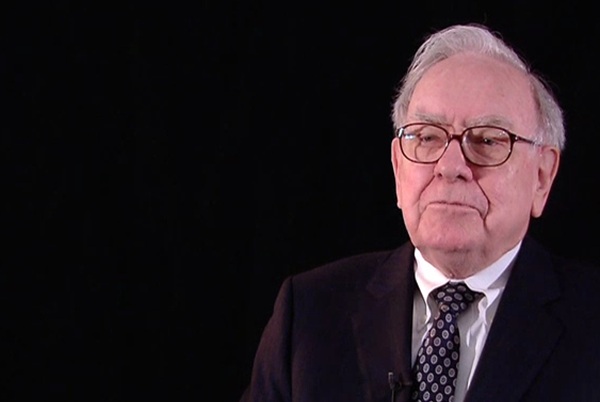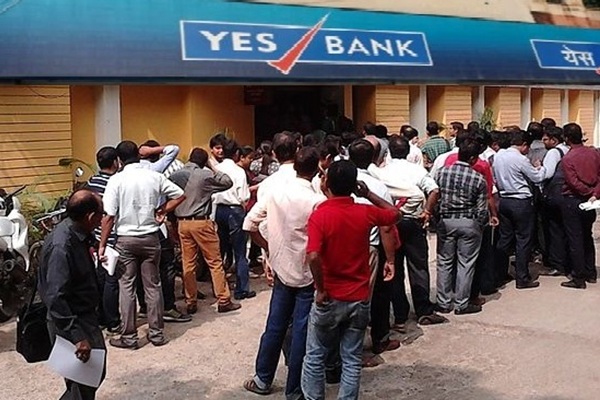.png)

Dr. Ashima Goyal is Emeritus Professor of Economics in the Indira Gandhi Institute for Development Research. She was a member of the RBI Monetary Policy Committee.
November 13, 2025 at 2:35 AM IST
A Reserve Bank of India working paper has triggered multiple debates on inflation targeting. There seem to be two views. One that inflation targeting has worked well and should be retained as it is, or progress to narrower bands and a lower target. Those who think monetary policy affects little apart from inflation and market analysts who value predictability largely fall in this group. The second is that in a country like India, where supply shocks dominate inflation, RBI actions under inflation targeting only hurt growth. Inflation targeting is a foreign imposition that should be done away with or made much less strict.
The debate is an opportunity to go beyond the narrow questions the working paper poses, to clarify if and how inflation targeting works in India and could be adapted better to conditions here.
This may bring the two groups together.
Outcomes
Headline CPI inflation averaged 8.5% from the 1970s onwards. But after the adoption of flexible inflation targeting in 2014-15, the average is 5%. Inflation targeting has delivered across commodity price cycles—international oil prices had crashed during the first MPC but peaked during the second.
But there were periods when inflation targeting imposed a too high growth sacrifice. Since the seventies, during relatively lower growth, real interest rates derived from CPI headline (CPI-IW prior to 2013-14) have exceeded 1.5. Examples in the inflation targeting period are 2017-18 to 2019-20 and 2024-25. Fine-tuning inflation targeting may prevent this in future.
Indian interest elasticity of demand is high, so the interest rate channel affects growth faster and more than it affects inflation. That is, the standard aggregate demand channel largely affects growth. Prolonged periods of real repo rates exceeding 1.5% should therefore be avoided. High real interest rates in terms of WPI do not have the same negative impact since they are normally associated with a fall in fuel oil prices that benefits consumers and firms.
Removing flexible inflation targeting is not the answer since excess tightening episodes have occurred prior to inflation targeting, such as in the 1990s. Excess stimulus is also harmful. High double-digit inflation, as in the 1970s and in the early 2010s, resulted in low growth despite low real interest rates.
Fine-tuning requires internalising the lessons of what did and did not work in Indian conditions and acting on them. The RBI paper avoids the impact assessment of growth effects. This is required, however, since the inflation targeting mandate is to “maintain price stability, while keeping in mind the objective of growth”.
There is also no discussion of anchoring inflation expectations, which is the major channel through which inflation targeting works. In an economy where more attention is paid to official communication, the process of anchoring inflation expectations can be faster.
Since Indian inflation targeting was pushed through in a hurry after a period of high inflation, the types of flexibility required in an emerging market were not fully thought through. One major issue is the relationship with the government. Fiscal action is more effective against supply-side inflation, so coordination with the government works, not the canonical type of independence.
A post-pandemic lesson was that inflation targeting is credible with repo change conditional on government inflation-reducing action ensuring largely positive real rates, even while the real rate is kept low.
A careful documentation of decisions, rationale and outcomes can build institutional memory. Members should also change in a staggered manner so there are some who remember and can communicate past lessons.
Serving RBI officers on the committee must be encouraged to present their own views rather than succumb to groupthink. And be willing to change their minds based on arguments and discussions in the MPC itself.
It can be argued that these officers spend all their time on relevant issues and have more domain expertise than external members. Stability, therefore, requires giving them a larger weight in the decision. But insiders tend to have a conservative-bureaucratic bias and to give growth priority only in times of large negative shocks. Different perspectives are required.
But external members need to have or acquire domain expertise.
This may be less of a problem in future as expertise in the area grows rapidly in the country. One way to encourage expertise, as well as increase transparency, is for external members to give their own forecasts of growth, headline and core inflation and the repo rate.
Inflation forecasts should be presented as averages rather than point estimates, with an emphasis on current or momentum changes. While headline inflation is more volatile, since the share of commodities is larger, core inflation is the steadier trend towards which it converges. Putting these core inflation forecasts in the public domain will help anchor inflation expectations.
Independent forecasts are also required, since the RBI tends to expect a return to past trends and gives too much weight to base effects. These increase disproportionately as inflation falls and obscure actual convergence to target inflation.
RBI also needs to use multiple instruments, such as FX intervention, reserve accumulation and prudential tools that may affect liquidity. To keep the call money rate near the repo, despite exogenous liquidity shocks and segmented markets, requires a mild surplus in durable liquidity.
Giving the MPC responsibility for durable liquidity guidance will enhance transparency and increase market confidence in the mitigation of shocks, as well as understanding of the types of flexibility required here.
The RBI working paper presciently remarks that periodic reviews have strengthened the inflation targeting processes in many countries. A national debate would increase ownership, understanding and effectiveness of Indian inflation targeting.




